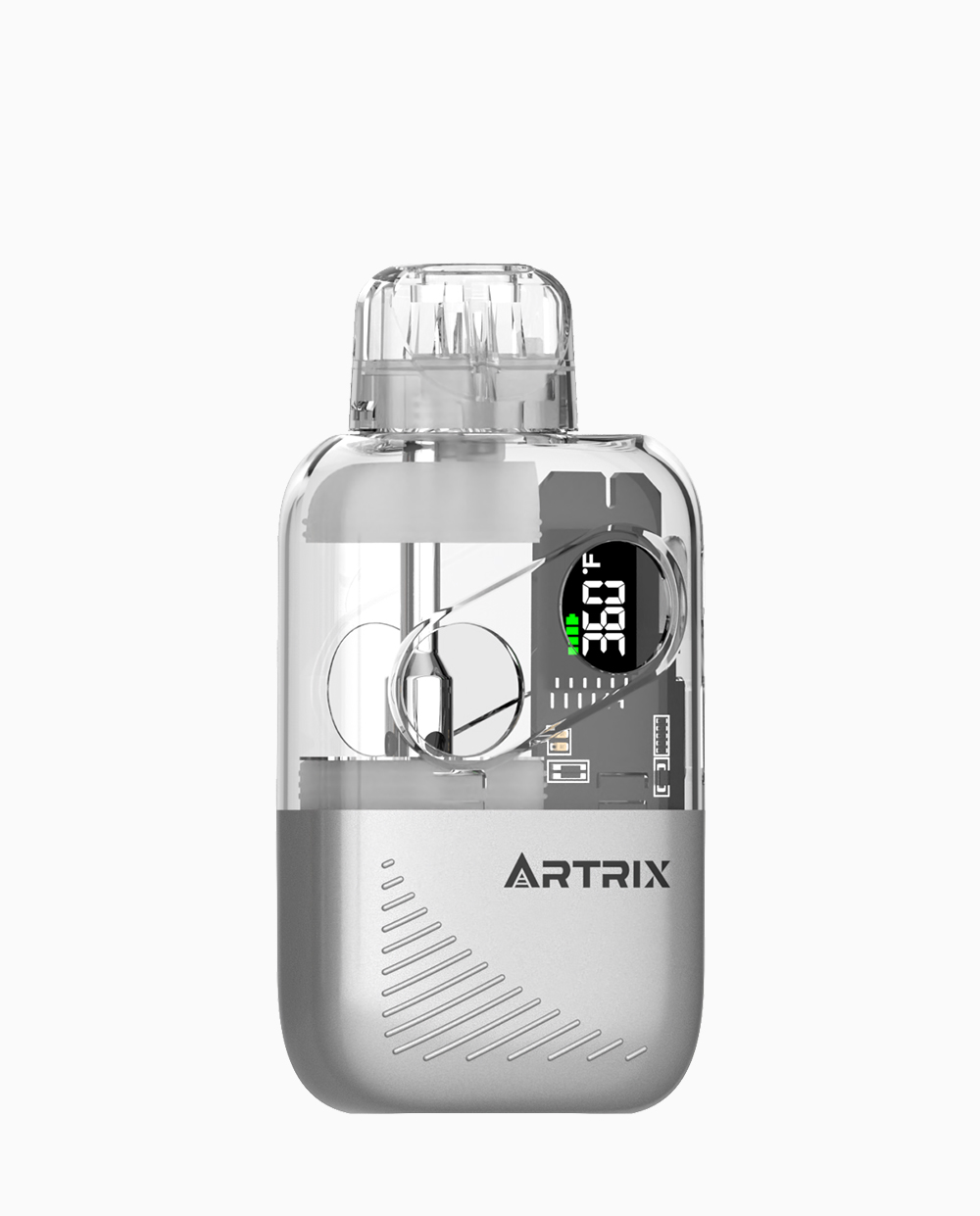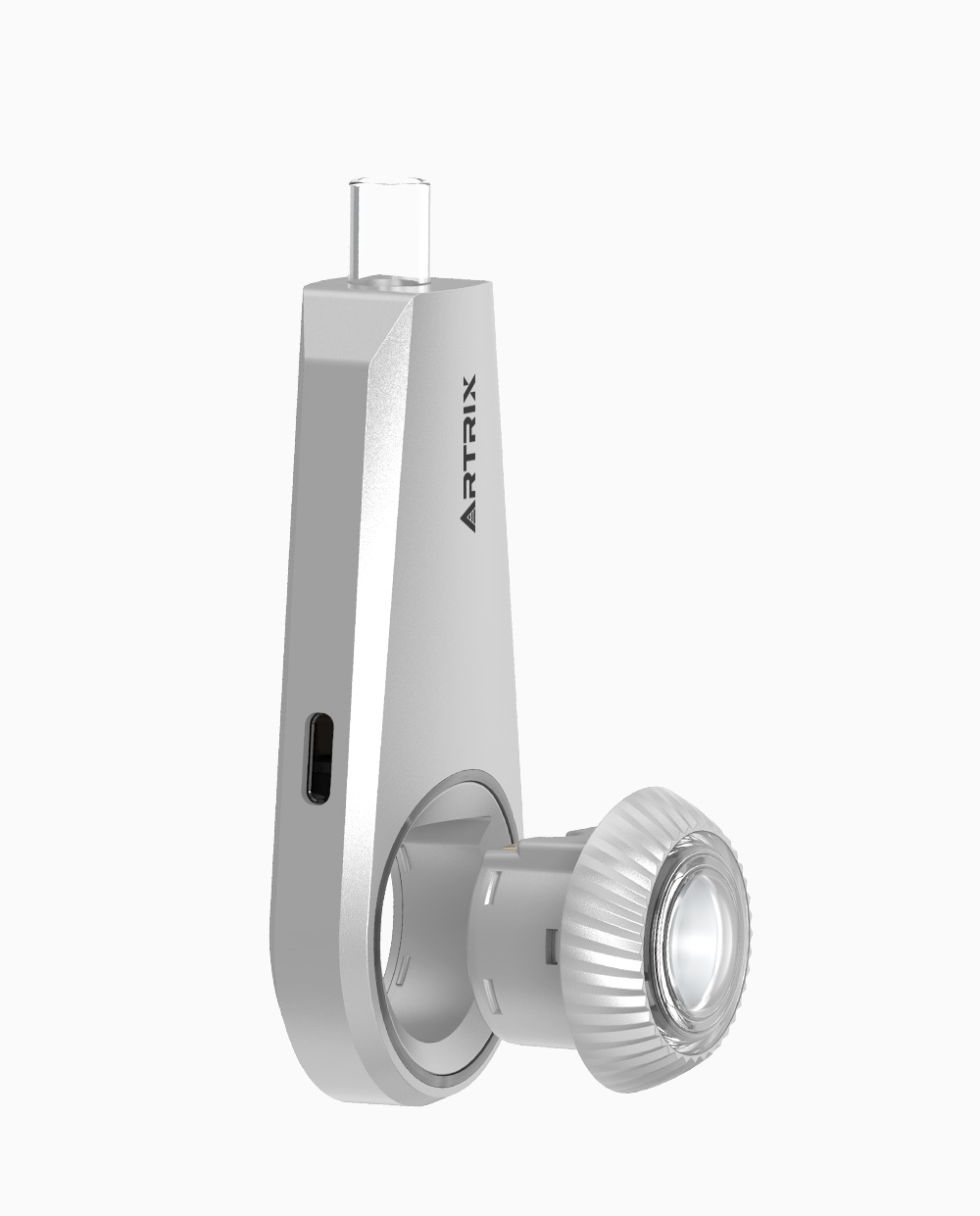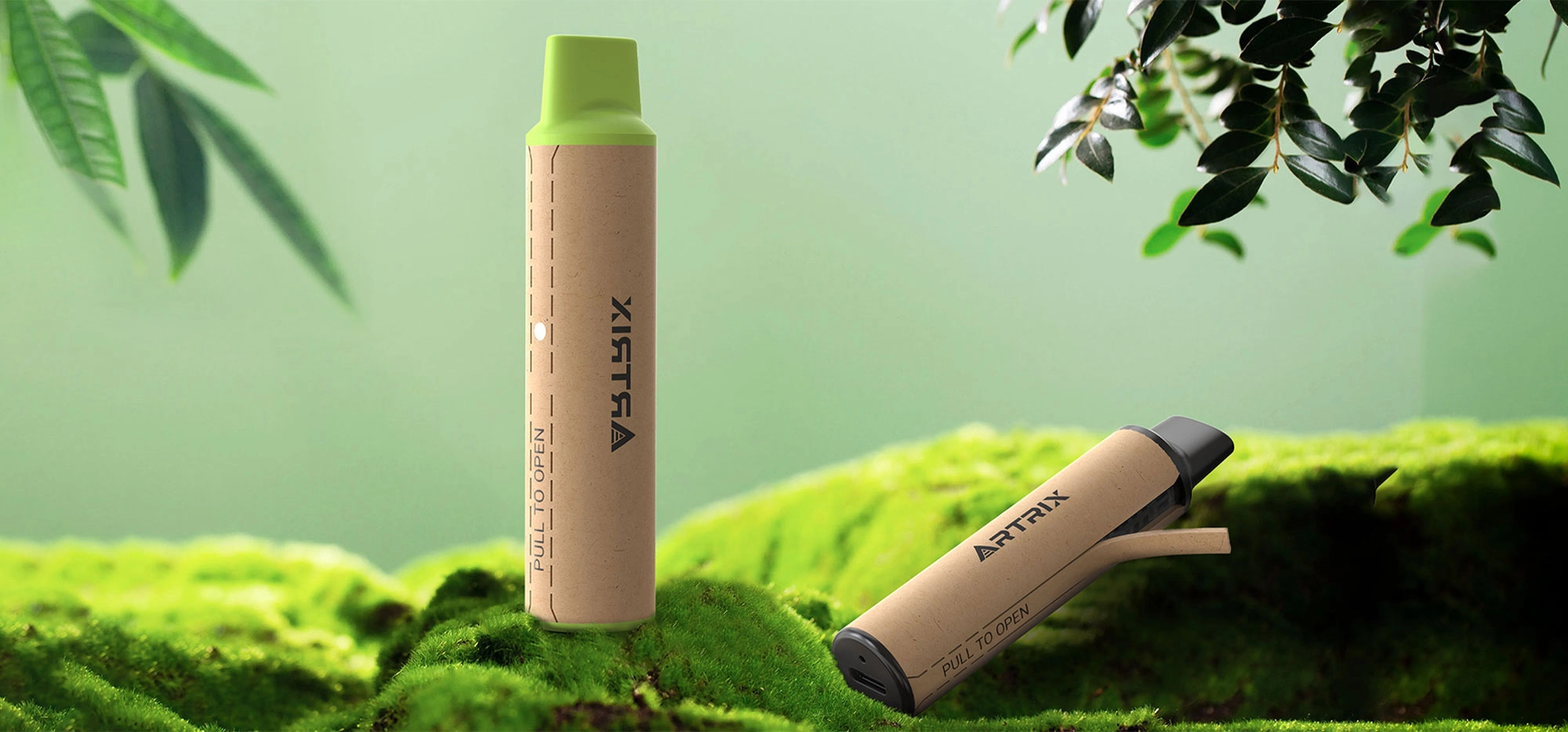Live Resin vs Distillate: Which One is Better?
The booming cannabis market offers a vast array of products to cater to diverse consumer needs. Among the hottest debates is live resin vs distillate. Though derived from the same cannabis plant, these concentrates boast distinct production processes, resulting in contrasting experiences.
This article dives into the key differences between live resin and distillate, including their characteristics, extraction methods, effects, consumption methods, and pricing.
What is Live Resin?

Live resin gets its name from the use of fresh, uncured cannabis plants. This approach preserves the full terpene profile and cannabinoids, creating a full-spectrum concentrate rich in flavor and THC content that closely resembles the original plant.
Live resin production begins by flash-freezing the cannabis at sub-zero temperatures (below -10°F) for 24-48 hours. This frozen plant matter then undergoes hydrocarbon extraction using solvents like butane, propene, or butane hash oil (BHO), known for their effectiveness in retaining terpenes. The extracted compound requires purging to remove residual solvent, leaving behind the flavorful live resin concentrate.
What is Distillate?

Unlike live resin, distillate is derived from dried and cured cannabis. The goal is a highly purified, potent, and versatile concentrate.
The process involves drying the cannabis by hanging it upside down or on racks. The dried plant is then dipped in solvents similar to live resin extraction. The extract undergoes winterization, a freezing process that removes unwanted impurities that could affect potency. Next, the extract is heated to trigger decarboxylation, converting THCA into the psychoactive THC. Finally, the concentrate undergoes multiple distillations to achieve maximum purity by removing and separating any remaining solvent residue.
Live Resin vs Distillate: A Tale of Two Cannabis Extracts
Once you understand the characteristics and production processes of live resin vs distillates, the next big questions are: What are live resin benefits? What are distillate benefits? Let’s dissect these further and compare distillate vs live resin!
#1 Flavor and Aroma
Live resin reigns supreme for flavor and aroma, offering a diverse sensory experience with a terpene content of 4-12%. Distillate, on the other hand, has a negligible terpene profile, resulting in a near-odorless and flavorless concentrate.
#2 Potency and Effects
Live resin boasts a cannabinoid content ranging from 45% to 90%, while distillate offers an even higher range, reaching up to 99%. Despite its lower potency, live resin delivers a more balanced high due to its full terpene profile. Distillate’s focus on purity sacrifices flavor for an intense psychoactive effect.
#3 Versatility
Live resin’s high terpene content creates a unique texture, ranging from a sugary consistency to a budder-like glassiness. It’s commonly enjoyed through vape pens, dab rigs, joints, or bowls. Distillate’s versatility stems from its odorless and colorless nature. In addition to the methods used for live resin, it’s also well-suited for infusing beverages, edibles, and topical products.
Live Resin vs Distillate Consumption Methods
Here’s a breakdown of popular methods for consuming distillate vs live resin:
#1 Dabbing
If you are someone who loves cannabis and wants a more potent hit, then dabbing is your thing. A dab rig is used to dab, and a dab spoon (ideally spoon-shaped for live resin) is used to gather the concentrate. The nail is then heated to a temperature range from 315–400°F, allowing the concentrate to vaporize and gets inhaled through the rig’s mouthpiece.
If you’re looking for something more portable and convenient, Artrix’s Dab Pen Series provides an innovative alternative. This type of pen is designed with user-friendliness in mind, as it allows concentrates to be heated to a specific temperature to produce smooth and potent vapor without requiring these traditional tools. The Dab Pen packs portability and premium technology into a compact form factor making it perfect for anyone with a fast-paced lifestyle.
#2 Vaping
One popular option is extremely common among people looking to enjoy live resin: vaping. Depending on personal preferences, you can either select Live Resin Vape Pens or Live Resin Carts. Here’s how they differ:
–Live Resin Vape Pens: These are all-in-one devices, with a built-in battery and heating element, filled with high-quality live resin. Just inhale, and you’re set. Vape pens are great when hunting and allow for a simple, portable vaping experience.
-Live Resin Carts: The second option is versatile. The live resin cartridge will need to be attached to a compatible vape battery. The internal heating coil vaporizes the substance, providing smooth vapor that can be inhaled directly. Carts give you the option to mix strains or flavors, which adds to versatility and customization.
Both methods preserve the flavor profile of the live resin and ensures proper vaporization. Portable or borrowable, vaping is a feature that comes in handy and lessens a life struggle for those who use it daily.
#3 Joint or Bowl
Live resin can be added to joints or bowls. However, be mindful of the heating temperature to avoid burning off terpenes and flavor compounds.
Cost Considerations
Live resin generally carries a higher price tag due to its complex extraction process and use of high-quality, freshly frozen cannabis. This premium reflects the closer resemblance to the original cannabis plant in terms of flavor and experience. Additionally, its intricate production process limits availability, further influencing the price.
Distillate, on the other hand, is more readily available due to its simpler production method, allowing for larger-scale production. The use of cured and dried cannabis flowers, considered less premium than fresh material, contributes to its affordability.
The Verdict: Live Resin or Distillate?
The final question is which one should you choose? It depends on your needs. If you seek a flavorful experience that retains the original taste of the cannabis strain and a balanced high, opt for live resin. Despite the higher price, it offers a unique experience.
If you don’t favor the earthy flavor and aroma of cannabis and want a more intense high, choose distillates. Besides a powerful high, they are more accessible and typically more affordable.
Both live resin and distillates are potent cannabis concentrates with unique characteristics. Whichever you choose, consume responsibly and source from reputable suppliers to ensure the highest quality products.



















-1.webp)
-1.webp)
-2.webp)


























































